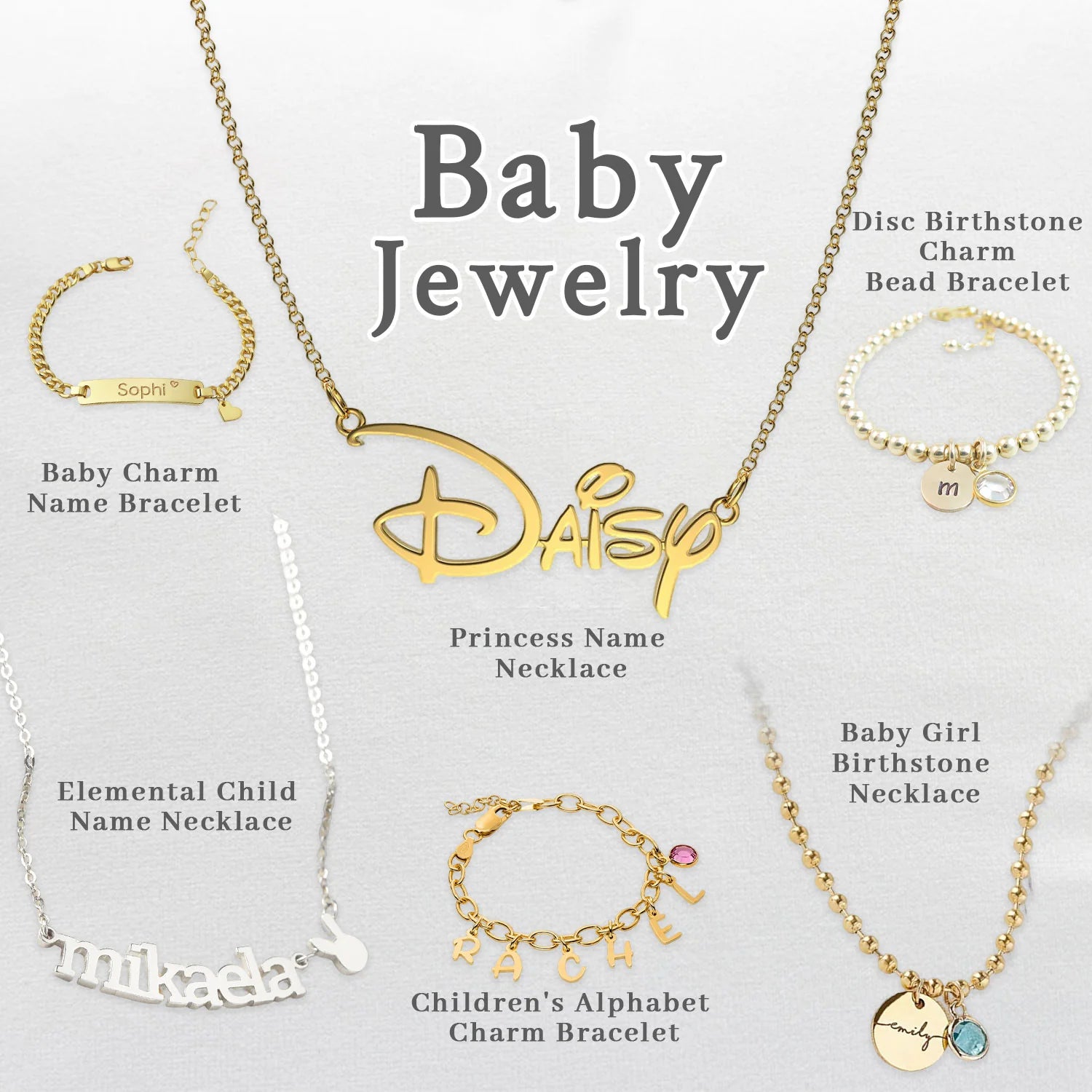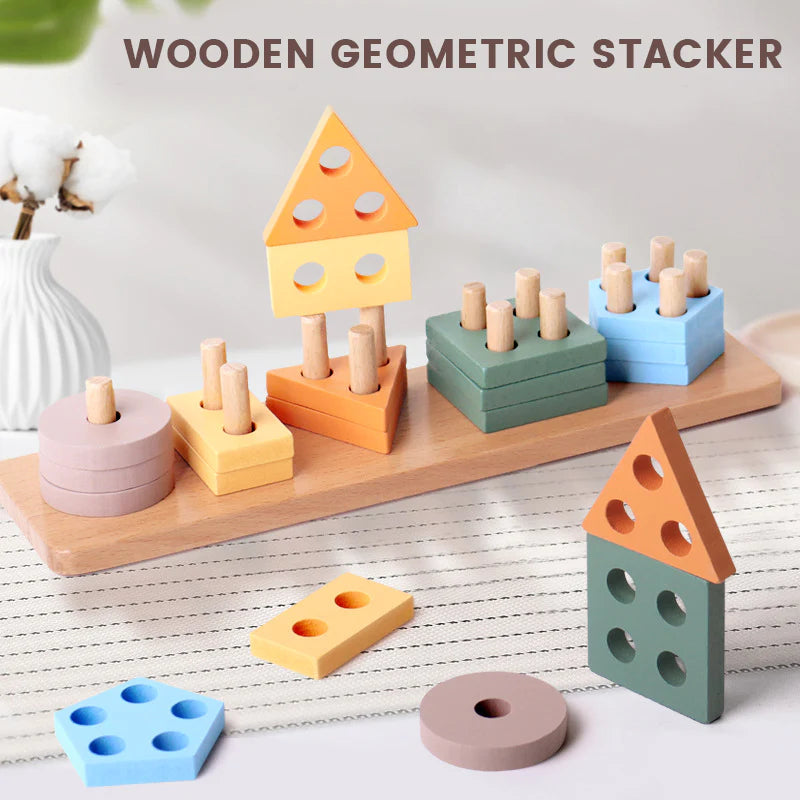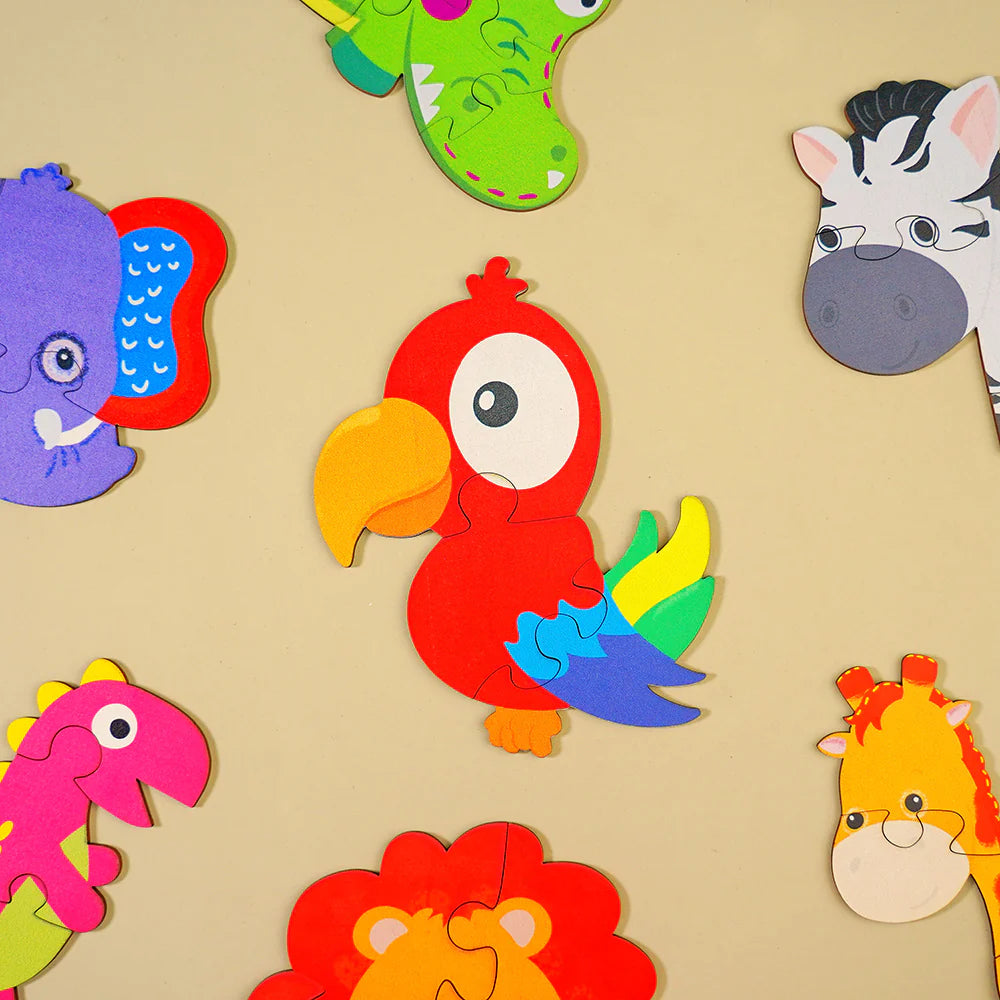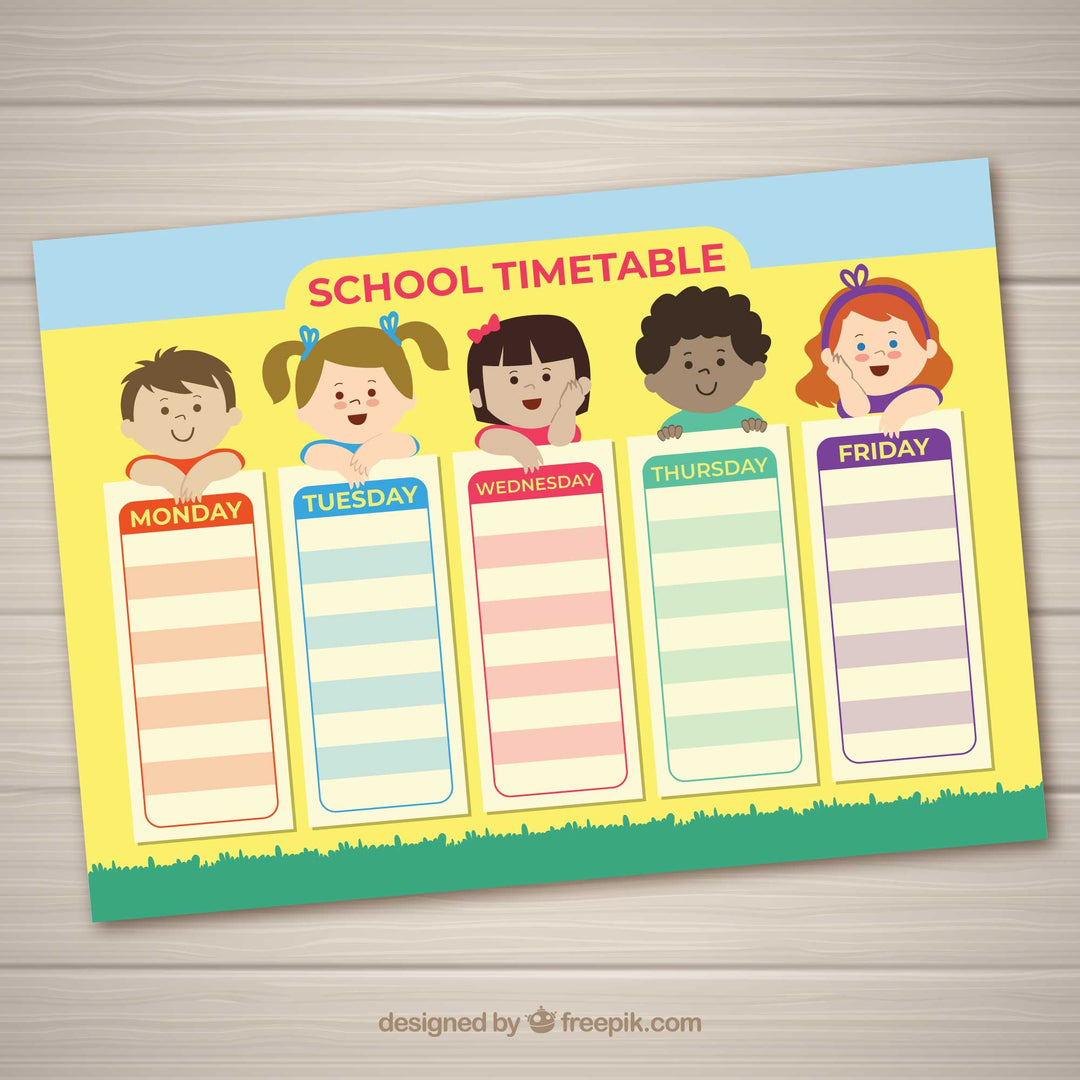Introducing your little one to the world of food is an exciting adventure! From their first bites of pureed vegetables to exploring finger foods, every stage is a stepping stone toward building healthy eating habits. This guide will help you plan nutritious meals for your child aged 6 to 24 months, ensuring they get the essential nutrients they need to grow and thrive.
Stage 1: 6–8 Months
At this age, breast milk or formula remains the primary source of nutrition, but complementary foods start playing an important role.
What to Offer
- Pureed and Mashed Foods: Begin with smooth, single-ingredient purees like carrots, sweet potatoes, or peas. Gradually introduce mashed fruits such as bananas or avocados.
- Iron-Rich Foods: Include iron-fortified cereals, pureed meats, or lentils to support brain development.
- Allergy-Preventive Foods: Introduce allergenic foods like peanut butter (thinned with water or breast milk), eggs, or yogurt early and in small amounts to lower allergy risks (consult your pediatrician first).
Meal Ideas
- Mashed avocado and banana puree
- Iron-fortified oatmeal with pureed pear
- Pureed chicken and sweet potato
Stage 2: 8–12 Months
Your baby is now ready for chunkier textures and more variety!
What to Offer
- Finger Foods: Soft, bite-sized pieces of cooked vegetables, fruits, and pasta make great finger foods for practicing motor skills.
- Protein Sources: Add finely chopped or shredded meats, scrambled eggs, or small pieces of tofu.
- Dairy: Introduce plain yogurt and small amounts of cheese for calcium and protein.
Meal Ideas
- Steamed broccoli florets and cooked quinoa
- Small pieces of scrambled eggs with diced tomatoes
- Soft pasta with pureed spinach and cheese
Stage 3: 12–24 Months
Your toddler is ready to join family meals with minor modifications. This stage is about encouraging independence and exploring a wide variety of flavors and textures.
What to Offer
- Whole Foods: Serve small portions of family meals, avoiding added salt or sugar.
- Healthy Snacks: Offer fresh fruits, whole-grain crackers, or yogurt between meals.
- Variety of Proteins: Include beans, lentils, fish, poultry, and eggs to meet protein needs.
Meal Ideas
- Mini vegetable and cheese omelet with whole-grain toast
- Baked salmon flakes with mashed sweet potatoes and green beans
- Whole-grain pita with hummus and cucumber sticks
Key Nutrients for Growth
1. Iron
Supports brain development. Include iron-fortified cereals, meats, beans, and leafy greens. Pair with vitamin C-rich foods (like oranges or tomatoes) for better absorption.
2. Calcium and Vitamin D
Essential for strong bones and teeth. Incorporate dairy, fortified plant-based milk, and fish like salmon or sardines.
3. Healthy Fats
Crucial for brain development. Offer avocado, olive oil, and nut butters.
4. Fiber
Promotes healthy digestion. Serve fruits, vegetables, and whole grains like oats or brown rice.
Tips for Success
1. Keep Mealtimes Relaxed
Allow your child to explore foods at their own pace. Avoid pressuring them to eat, as this can create negative associations with food.
2. Offer a Rainbow of Foods
Colorful meals aren’t just fun—they ensure your child gets a wide range of nutrients. Aim to serve fruits and veggies in every color!
3. Stay Hydrated
After 6 months, offer small amounts of water in a cup alongside meals. Avoid juice and sugary drinks.
4. Watch for Choking Hazards
Always cut foods into age-appropriate sizes and avoid hard or small items like whole nuts, grapes, or chunks of raw vegetables.
5. Be a Role Model
Children learn by watching! Show them how to enjoy healthy foods by eating a balanced diet yourself.
Foods to Avoid
- Honey: Risk of botulism in children under 1 year.
- Added Sugar and Salt: Keep meals naturally flavorful without unnecessary seasonings.
- Processed Foods: Limit snacks like chips or cookies that provide empty calories.
Building Healthy Habits for Life
Meal planning for your little one is about more than just nutrition—it's about creating positive experiences around food. By offering a variety of flavors, textures, and nutrients, you’re helping your child develop a love for wholesome meals and laying the foundation for a lifetime of healthy eating habits.
What are your little one’s favorite meals? Share your tips and tricks in the comments below! 🌟





















Leave a comment